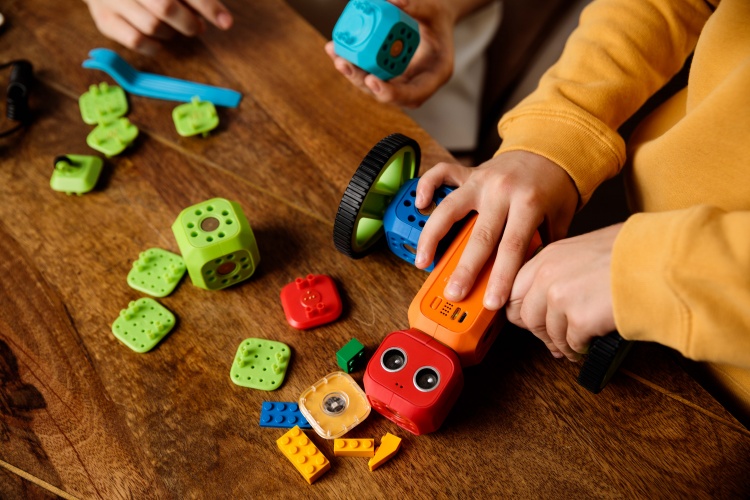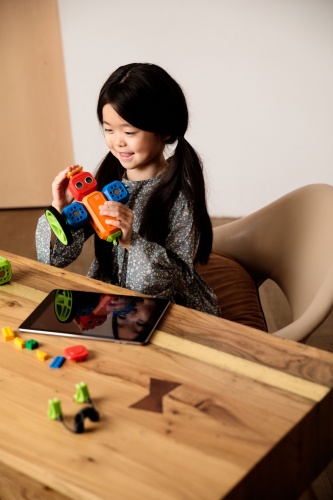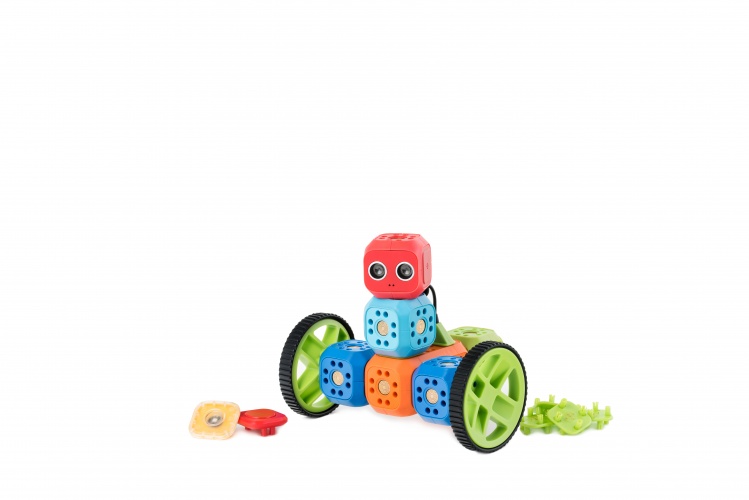Can analyse problems in computational terms, and have repeated practical experience of writing computer programs in order to solve such problems.
Can evaluate and apply information technology, including new or unfamiliar technologies, analytically to solve problems.
Understand the hardware and software components that make up computer systems.
Develop and apply their analytic, problem-solving, design, and computational thinking skills.
Can understand and apply the fundamental principles and concepts of computer science, including abstraction, logic, algorithms and data representation.
Understand what algorithms are; how they are implemented as programs on digital devices; and that programs execute by following precise and unambiguous instructions.
Create and debug simple programs.
Use logical reasoning to predict the behaviour of simple programs.
Use technology purposefully to create, organise, store, manipulate and retrieve digital content.
Recognise common uses of information technology beyond school.
Design, write and debug programs that accomplish specific goals, including controlling or simulating physical systems; solve problems by decomposing them into smaller parts.
Use sequence, selection, and repetition in programs; work with variables and various forms of input and output.
Use logical reasoning to explain how some simple algorithms work and to detect and correct errors in algorithms and programs.
Learn to analyse problems in computational terms
Design and develop modular programs that use procedures or functions.
Understand and apply the fundamental principles and concepts of computer science, including abstraction, logic, algorithms and data representation.
Develop the creative, technical and practical expertise needed to perform everyday tasks confidently and to participate successfully in an increasingly technological world.
Design purposeful, functional, appealing products for themselves and other users based on design criteria.
Explore and evaluate a range of existing products.
Explore and use mechanisms [for example, levers, sliders, wheels and axles], in their products.
Investigate and analyse a range of existing products.
Evaluate their ideas and products against their own design criteria and consider the views of others to improve their work.
Apply their understanding of computing to program, monitor and control their products.
Understand and use electrical systems in their products [for example, series circuits incorporating switches, bulbs, buzzers and motors].
Apply their understanding of how to strengthen, stiffen and reinforce more complex structures.
Critique, evaluate and test their ideas and products and the work of others.








User reviews for Robo Wunderkind
You need to log in to post a review.